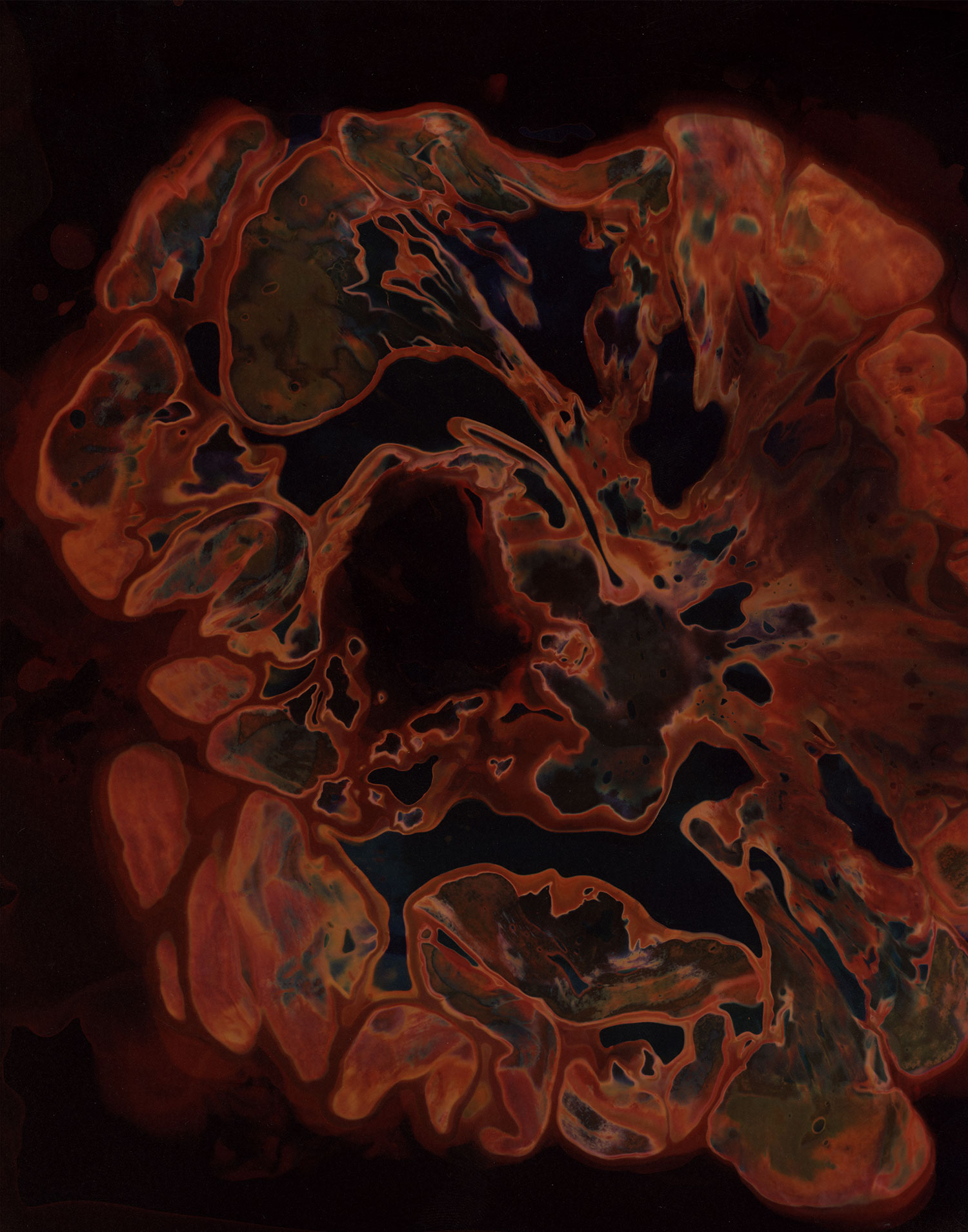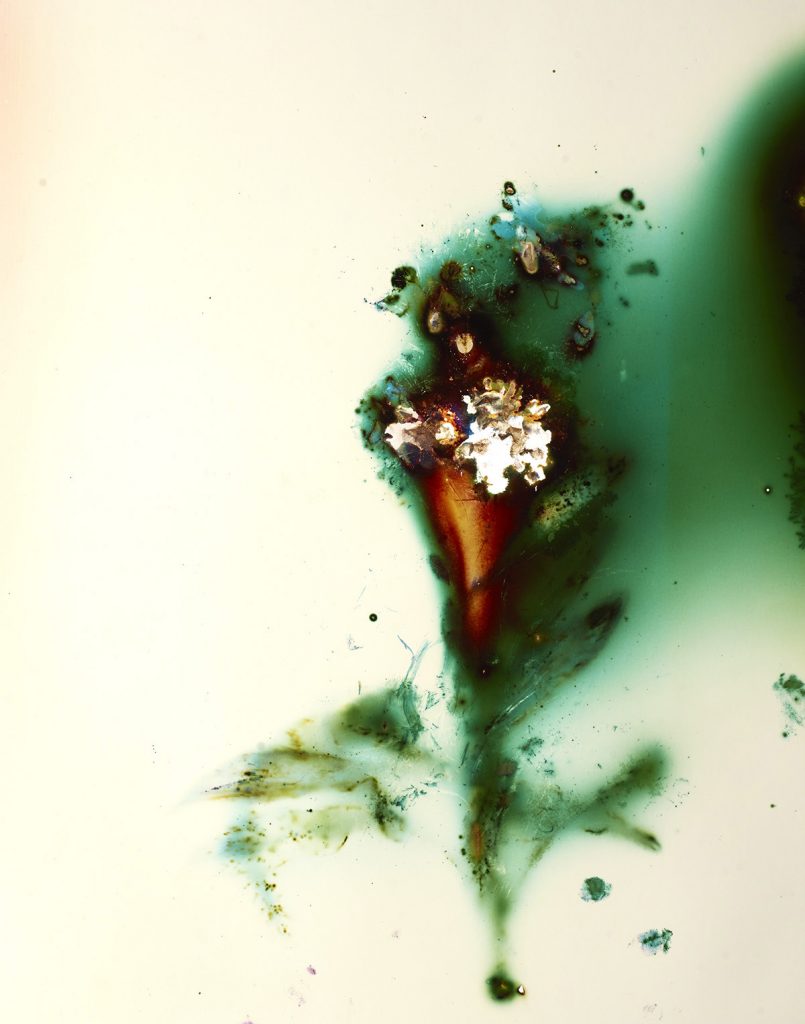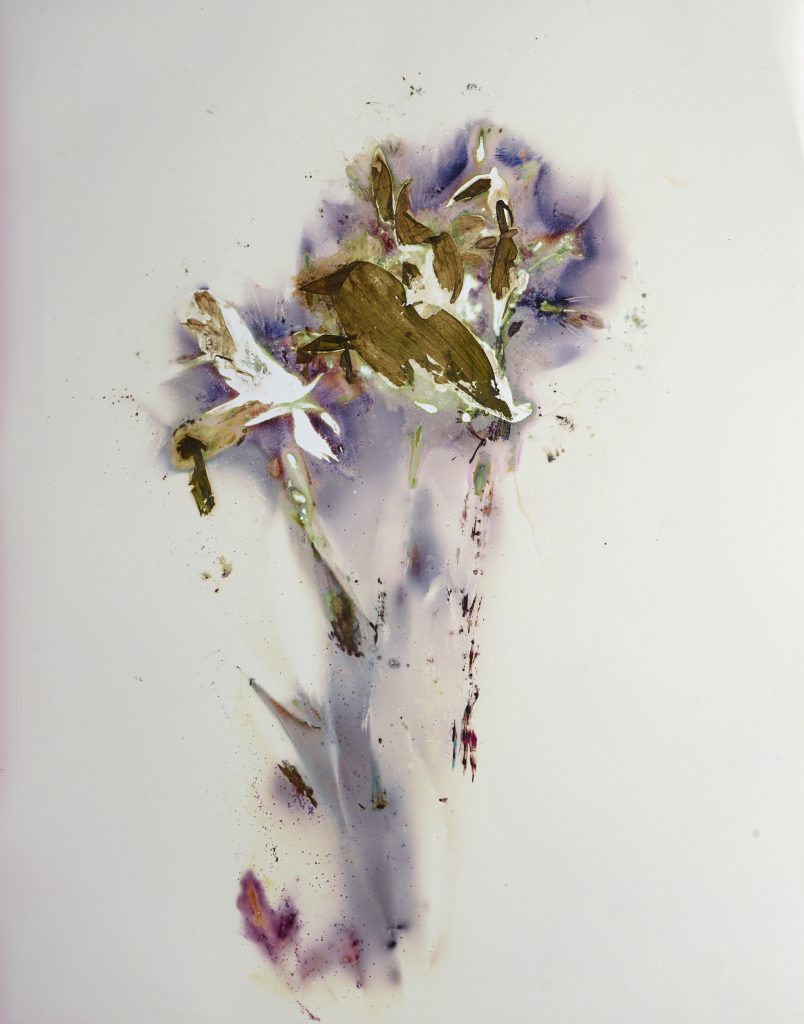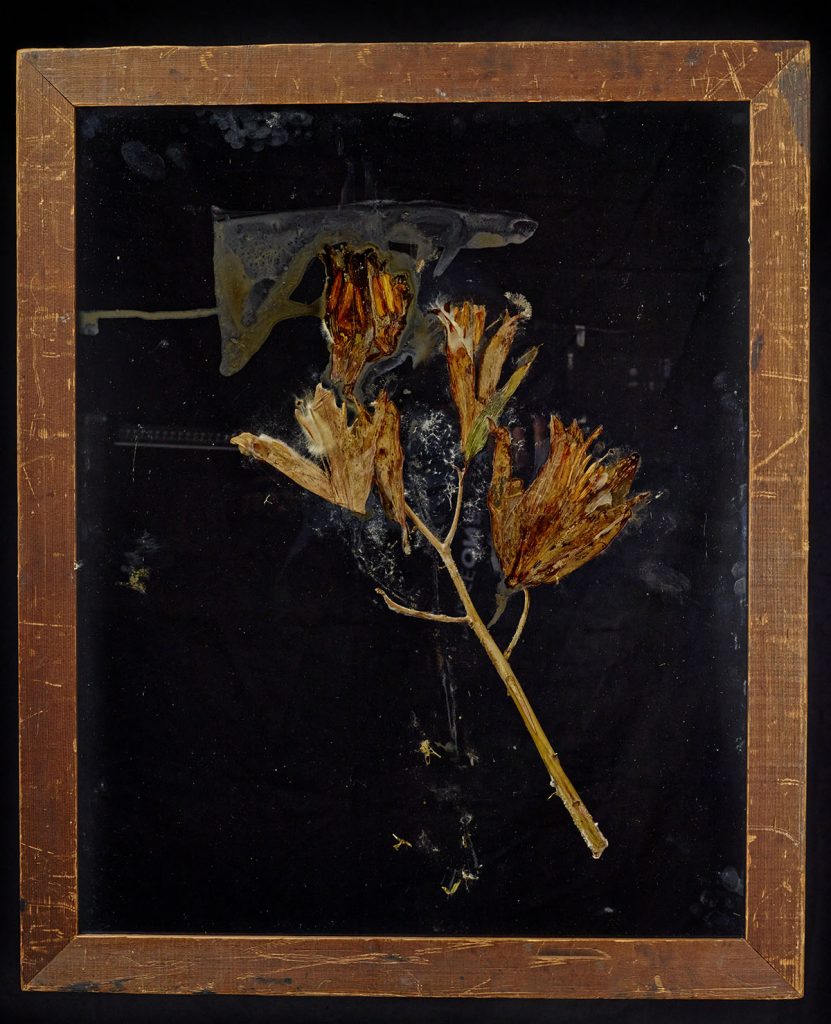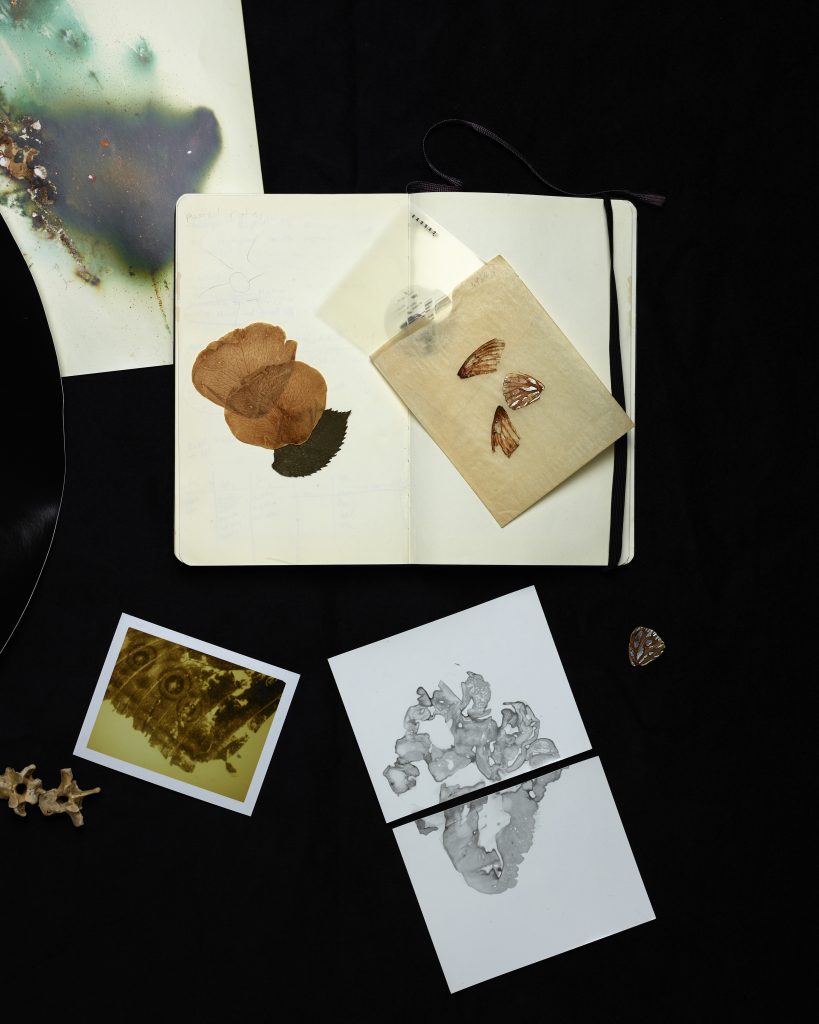Brianna Tadeo found her way into a darkroom at the age of 12 and has been smitten with photography ever since. She has a love for tinkering with old cameras and making use of discarded photographic materials. After graduating from California College of the Arts in 2014, her focus has been on using photographic materials to show the effects of time, mortality, and the decay of the human body.
Brianna explores ways of using traditional analog photographic materials to show a visual representation of decaying organisms; how the malodorous compounds and volatile acids that would support new life can create evidence on the photographic paper; and what the results are of something fading while being created. These explorations are all vestiges of a larger idea that the biology of living materials are ever-changing, dynamic, and utterly beautiful no matter what state of life or death they are in. We were turned on by her passion for capturing bio-deaths on film and caught up with her to ask a few questions about her practice.
How did you get started with the Decomposition Print series?
Photography or art in general has always been a way for me to process my emotions whether that be trauma, loss, heartbreak, or —sometimes on the lighter side— pure curiosity.
Blood Prints are an extension of an overarching body of work I call Decomposition Series, inspired by the moments I deal with a cycle of grief after the passing of loved ones. When my grandmother passed away in 2013, the funeral director gave me a rose which I left with my grandmother. From the rose, I kept two petals and a leaf as objects to keep myself connected to her, which are preserved within my journal. Soon after, I started to have several nightmares of those flowers rotting in the ground. Those nightmares inspired me to go into the darkroom and figure out a way to process my grief. One way of doing this was by collecting wildflowers and letting them decompose on paper for months or years. The results from this process led me to tinker with organic materials to create cameraless images, which led me to use blood as a developer.
Decomposition Prints, 2020
What is your process like?
My process has a lot to do with my love of working in a darkroom and experimenting with different materials. With the Decomposition Series, there has been a lot of trial and error to figure out ways of showing a visual representation of decaying organisms. Photography has always been a way to capture time and to define a singular moment. However, I wanted to record lengthy intervals of time—from 1 hour to 4 weeks to a year—trying to figure out a photographic method to compress the full, gradual process of decomposition into a singular moment. Creating my own developers using organic elements such as blood, animal organs, and flowers, makes for a very messy and tactile process, which is definitely not for the faint of heart. It’s been a fair share of failed attempts and happy accidents. I love the part of the process where I can work in the darkroom and not know what can happen.
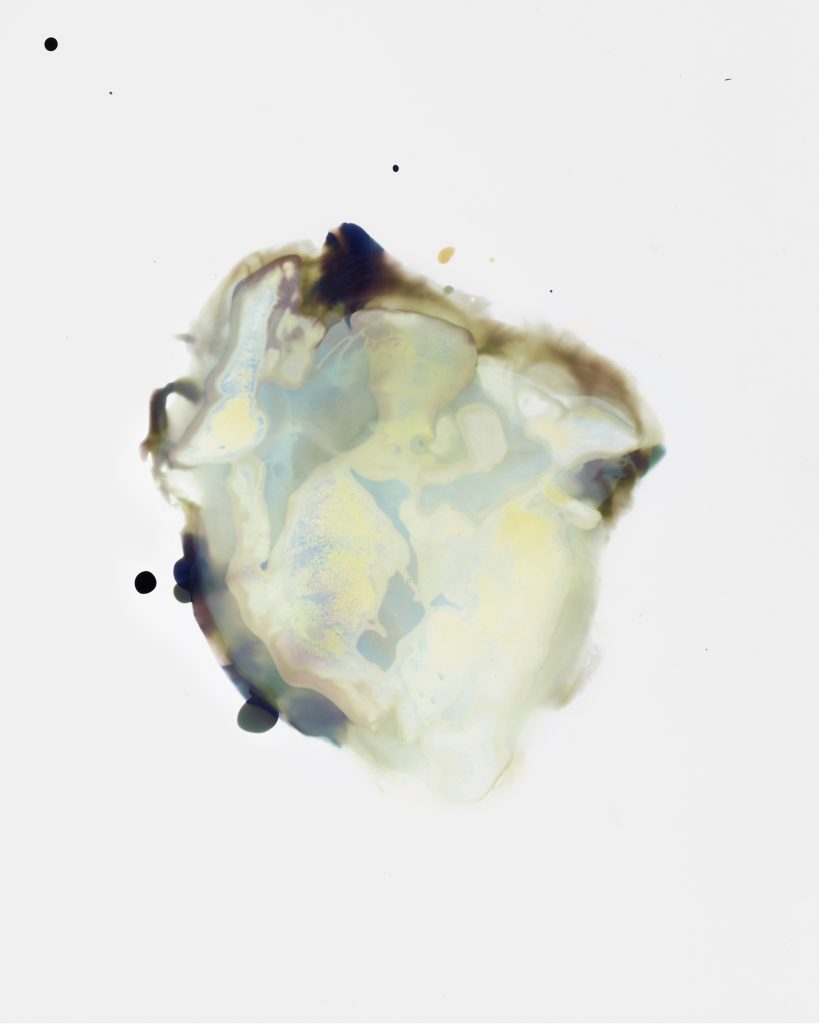
Bloodprint #01, Chromogenic Print of Blood Chemigram, 2016
Where do you source your materials?
A lot of the elements in my process are discarded materials that are from fellow artists or from friends who know that I make use of such photographic materials. Sometimes, I receive photographic materials found in the attics of the relatives of my peers. The items I source to create my developers can be found in my local butcher shop, farmers market, or even on hikes in the nearby Oakland Hills.
Rotting Frame (left), Still Life Journal (right)
What kind of mistakes did you make at first and how did you learn from them?
In a way, my process is all about mistakes: trial, error, and waiting to see if it will come out the way I hoped. Considering that making one print can take an hour, a few months, or a year, I don’t know what they are going to look like until I process them. There have been a few times where I tested out a new developer recipe on prints that took two months to see the results. By the end, only one print out of 30 made came out the way I expected. I learned that everything is its own variable, from adding too much or too little of something, the effects of temperature, and the duration of organic materials rotting. There are so many factors that can shift the way the colors come out in an image. Mistakes and happy accidents are a part of the learning process that can drive me crazy at times, but at the end of the day, they are part of the reason why I love alternative processes.
What advice do you have to new photographers interested in doing what you do?
Experiment, have fun, there are no limits to what you can do! Don’t become discouraged when making mistakes. Take lots of notes and just enjoy the magical moments of photography.
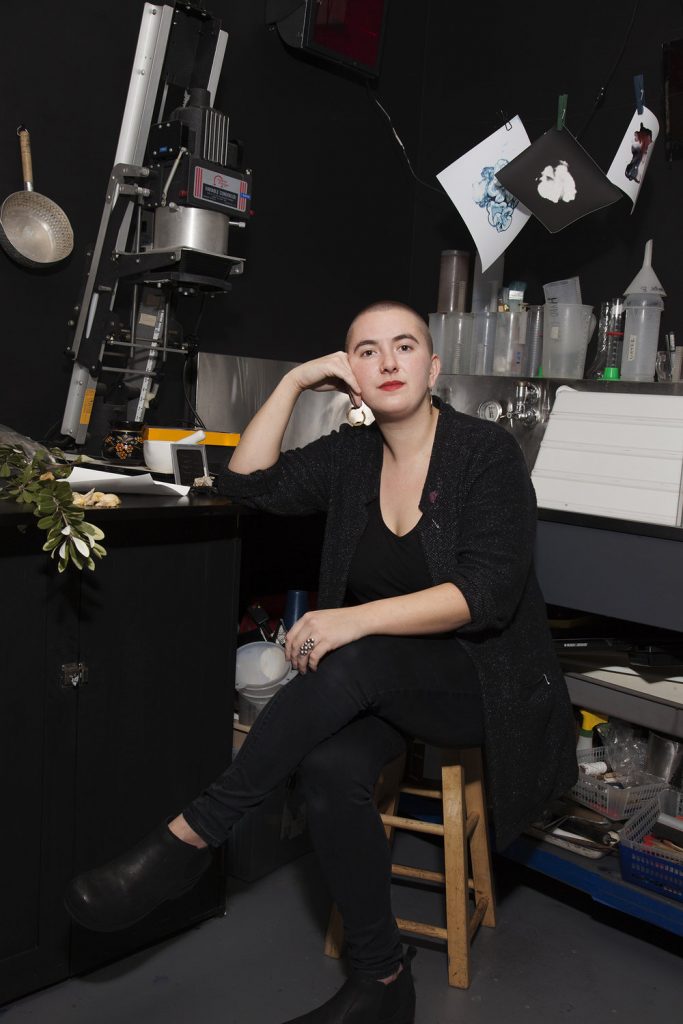
Portrait of Brianna Tadeo by Emily Barresi
